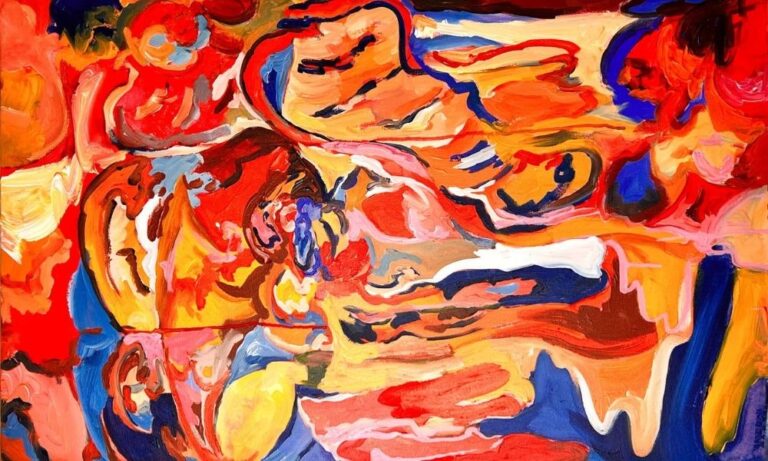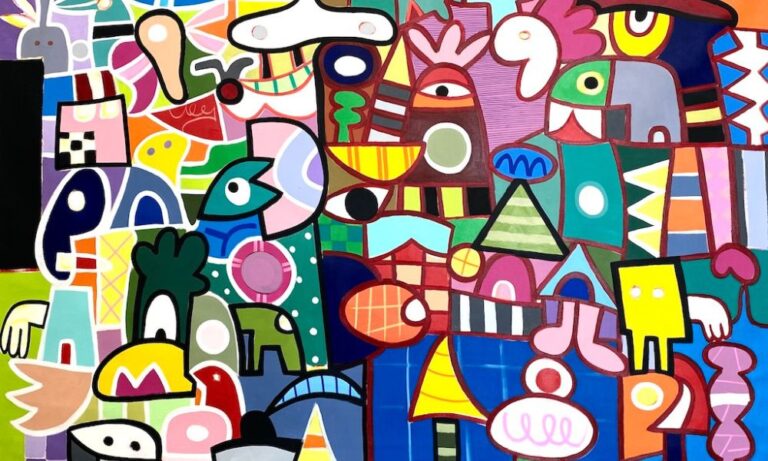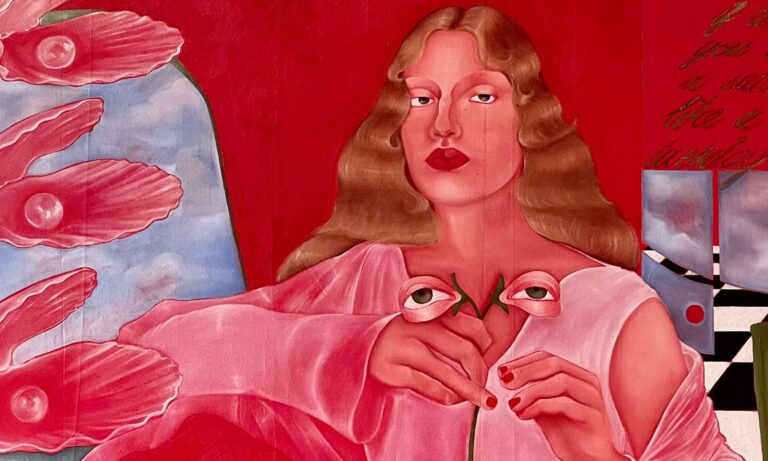Whether you’re decorating a small apartment or curating your digital space online, art is everywhere. And when we recognize it, we can use it to make our surroundings more thoughtful, expressive, and inspired. Let’s dive into some types of art that actually make sense—and show up in ways you might not expect
Visual Arts: The Root of Aesthetic Thinking
Visual arts—like painting, sculpture, and illustration—are the foundation for so much of what we call “good design.” The colors we choose for a sofa, the shape of a lamp, or even the pattern on a rug often trace back to artistic movements.
For example, a minimalist print in the living room might be inspired by abstract expressionism, while curved furniture pieces often echo sculptural design from the mid-20th century. Popular home retailers like HAY incorporate these references in subtle ways, blending form and function with creativity. Even something as small as a coffee table book or art-inspired calendar can add a visual layer that elevates a room.
Fashion as Functional Art
While fashion is often seen as trend-driven, at its highest level, it becomes a true form of applied art—where craftsmanship meets creativity in tangible ways. Take the Hermès Birkin, for example. Each bag is handcrafted by skilled artisans over 15 to 20 hours, blending leatherworking, sculptural design, and heritage techniques. It’s not just an accessory—it’s a functional artwork rooted in precision and luxury. The same goes for artisan-crafted shoes, handbags, and couture garments. These pieces require an artistic eye for detail, proportion, and material, much like traditional sculpture or design. The stitching, the form, the balance of texture and tone—all of it mirrors the principles of the decorative and visual arts.
Luxury fashion houses like Hermès, Bottega Veneta, and Maison Margiela continue to blur the line between wearable product and fine art. When fashion is created with this level of intention, it goes beyond style—it becomes a collectible piece of artistic expression.
Decorative Arts: Style Meets Function
Often overlooked, decorative arts refer to the beautiful and functional items in our homes—ceramics, furniture, textiles, and glassware. These pieces do more than serve a purpose; they bring character and artistry into a space. Luxury brands have recognized the emotional value of home aesthetics. Labels like Fendi Casa, and Elie Saab Maison, create refined collections that turn everyday objects—like coffee tables, lighting, or fabric textures—into statements of style. Their designs often blend fashion sensibility with craftsmanship, adding a level of elegance that transforms interiors into immersive environments.
Digital & Visual Culture
In today’s world, one of the fastest-growing types of art exists entirely online. Digital art spans from graphic design and illustration to motion graphics, photo editing, and even social media curation. Tools like Canva and Procreate have made it easier than ever for people to become visual creators, even without formal training. The way you design a presentation, edit your Instagram feed, or build a mood board are all acts of visual communication—and art in their own right. This digital layer has blurred the line between consumer and creator. Whether you’re designing a wedding invite or planning a Pinterest board, you’re participating in a new kind of everyday creativity.
Craft & Handmade Expression
In an era of mass production, handcrafted items stand out more than ever. Pottery, embroidery, woodworking, and handmade prints have made a major comeback—not only in local artisan markets but also on platforms like Etsy. These tactile types of art connect us to slower, more intentional living. They remind us of the value of time, effort, and uniqueness. Whether it’s a handmade candle holder or a custom textile wall piece, these objects often become emotional anchors in our homes. Supporting handmade art also helps preserve traditions and celebrate individual creativity—something that resonates deeply in today’s lifestyle culture.
Bringing Art into Daily Life
You don’t need to be an artist to live artfully or to know the different types of art. Art doesn’t just exist in museums—it lives in how we style a space, choose a piece of décor, or even plan a photo layout. It’s a quiet thread that ties beauty and intention into the way we live. So next time you light a handmade candle or scroll through design inspiration, know that you’re connecting to art—in a way that feels entirely your own.




